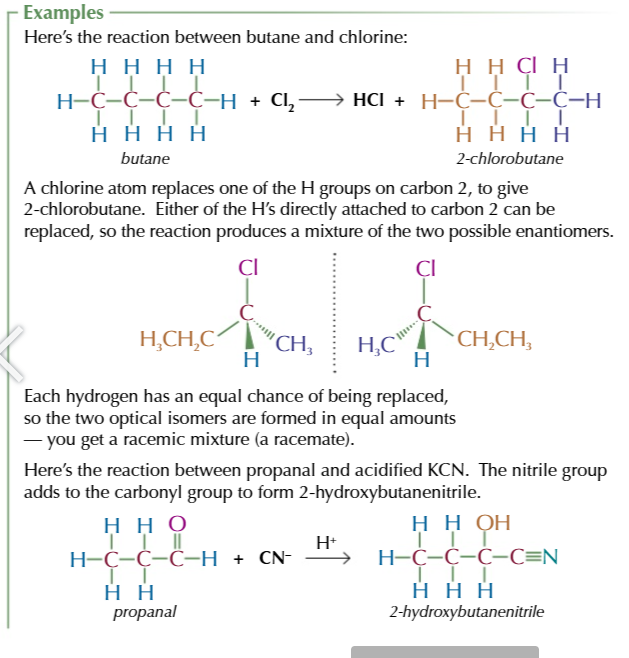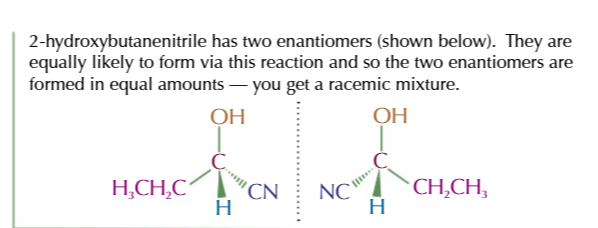OPTICAL ISOMERISM T_T
1/27
There's no tags or description
Looks like no tags are added yet.
Name | Mastery | Learn | Test | Matching | Spaced |
|---|
No study sessions yet.
28 Terms
isomers
same chemical formula
different structural formula/different arrangement of atoms in space
stereoisomerism
same structural formula different arrangement of atoms in space
types of stereoisomerism
geometric (Cis/Trans n E/Z)
optical
geometric isomerism occurs in
alkenes/ cyclic alkenes
Cis/Trans isomerism is used when
2 groups around a C=C are the same
Cis molecules
same group on the same side (both above/both below)
Trans molecules
same group on different sides (diagonal)
E/Z isomerism is used when
no groups around a C=C are the same, they are named based off priority instead (Mr value)
E molecules
when higher priority atoms/molecules on different sides (diagonal)
Z molecules
when higher priority atoms/molecules on the same side (both above/both below)
optical isomerism is when…
…a compound can rotate plane polarised light
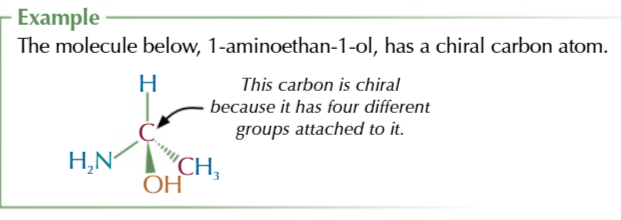
chiral carbon
a carbon atom with 4 different groups attached
optical isomers have
at least 1 chiral carbons
allenes are optically active compounds
but they dont have chiral carbons
total number of stereoisomerism =
2n where n=number of chiral carbons
chiral compounds have 2 conditions
chiral carbons
asymmetrical
chiral carbons can be arranged in 2 different ways
so 2 different molecules are made called enantiomers/ optical isomers
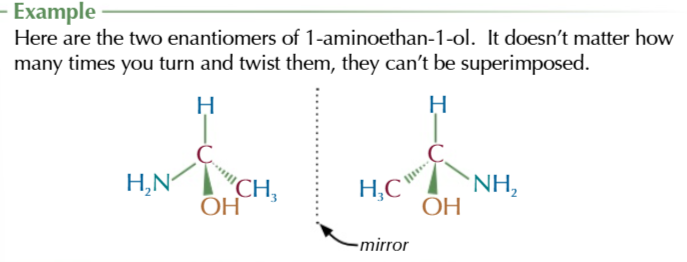
enantiomers
cannot be superimposed making them achiral in a mixture so there’s no optical isomerism
drawing chiral carbons
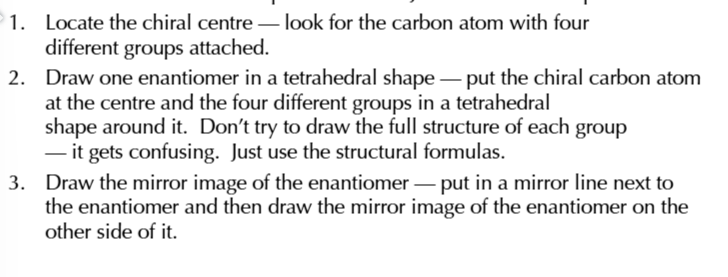
being optically active
optical isomers can rotate plane polarised light
normal light vibrates in all directions
some vibrate up n down and others vibrate side to side and others diagonally etc
passing normal light through a polarising filter makes it plane polarised
meaning all the light is vibrating in the same plane for eg only up n down
when you pass plane polarised light through an optically active mixture
the molecules interact with the light and rotate the plane of the vibrations of the light
2 enantiomers of an optically active molecule
will rotate plane polarised light in opposite directions by the same degree
racemate
mixture containing equal quantities of each enantiomer of an optically active compound
racemates dont show any optical activity
because the enantiomers cancel out each others light rotating effect
chemists will often react 2 achiral things together to get a racemic mixture of a chiral product…
…because when 2 molecules react there’s normally an equal chance of forming each of the enantiomers
